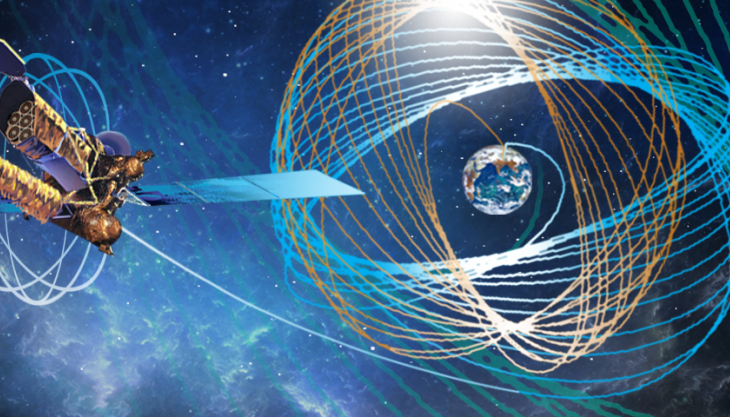Space dynamics and mathematical information processing

Head of the department
Dr.Sc. Ravil R. NAZIROV
Новости
Head of the department
Dr.Sc. Ravil R. NAZIROV
Themes
- controlling the spacecraft in operation;
- mathematical support for navigation of future projects;
- dynamics of complex mechanical systems, design of space missions’ orbits;
- mathematical models for space experiments planning;
- space debris;
- controlled motion of natural celestial bodies.
In general
The main purpose of the Department is the comprehensive information support of space programs. The concept of "information support" includes ballistic and navigation support and automated processing of telemetry. These two areas were united within one division in 1988.
Many information processing methods developed by the department's staff members have been applied elsewhere, from medicine to improving the quality of life.
The first head of the Department was Colonel Pavel E. Elyasberg (1914–1988), a veteran in the Great Patriotic War, awarded of two Orders of the Red Star, chief scientific adviser to the Research Institute-4 of the USSR Ministry of Defence.
Since its formation, the Department has been designing spacecraft trajectories to the Solar System’s planets, in particular, to Venus and Mars. Theoretical works and the software based on those ideas were successfully implemented in the VEGA mission. During the program the two spacecraft Vega flew near Venus, delivering landers to the planet, and then entered the cruise trajectories to Comet Halley, which in 1985-86 approached to the Sun. The trajectory for this complex mission was developed and calculated by the Department’s staff.
During the flyby of the comet one new idea was successfully implemented — VEGA Pathfinder project. When the Vega spacecraft flew near the nucleus, more accurate comet ephemerides were obtained and promptly forwarded to the European Space Agency, to navigate the European spacecraft Giotto as close to the nucleus as possible, at 596 km distance.
Since 2002, the Integral international X-Ray observatory has been operating in high-elliptical orbit around the Earth. The Department’s specialists were engaged in selecting an operational orbit and launch scenario. Moreover, the attitude control of the instrument was optimized, so that the propellant consumption was reduced by several times. While according to the initial algorithm the amount of the propellant was enough for only 5 years at the limit, through the proposed and implemented approach it should be enough until 2029, when the observatory will enter the atmosphere due to the gradual evolution of the orbit.
A method of a sequential deceleration in the Martian atmosphere near the pericenter and appropriate control techniques were developed for the ExoMars mission (Roscosmos/ESA).
The problem of controlled motion of natural celestial bodies such as asteroids and comets is one of the main promising area of research. An innovative method was proposed to divert a celestial body from a hazardous trajectory by directing a relatively small asteroid at the former using a near-Earth gravitational maneuver. The bulk of this “projectile” asteroid could be sufficient to deflect the “target” weighing several million tons.
A promising project is a solar sail with controlled reflective capabilities made of liquid crystal films, which transparency could be changed by applying different electric voltage between surfaces.
The software package Geodialog is been developed by the Department for processing of space data about the Earth and other planets. Remarkable results were achieved in determination of fine parameters of terrestrial vegetation and the Martian southern polar cap dynamics. One of the practically significant outcomes of these studies is the assessment and management of population health risk from the air contamination.
The department's developments are used not only in the space activities, but also in medicine, environmental protection, and even history. In particular:
- methods to detect multistability in high-dimensional systems were, and it was found that multistability is also the basis of the mechanism of sudden cardiac arrhythmias;
- based on the work on X-ray spectrum objects visualization for space observatories, a fundamentally new method of X-ray mammograms processing has been proposed, which increases the sharpness and contrast of images of oncological tumors and microcalcinates (early precursors of cancer) in the mammary gland. This is crucial for early diagnostics and of the disease;
- multispectral imaging and processing methods are used to restore historical monuments: erased frescoes, palimpsests, and “faded” images. The method was used to study the murals of the Cathedral of the Nativity of the Virgin of the Ferapontov Monastery (2016) and helped to identify the texts in the murals of the altar part of the monastery that were considered lost; to visualize old Slavic manuscripts and first printed books. One of the first high-profile results was the visualization of the only authentic lifetime portrait of Ivan the Terrible on the top cover of the first-printed copy of the Apostle (1564).
